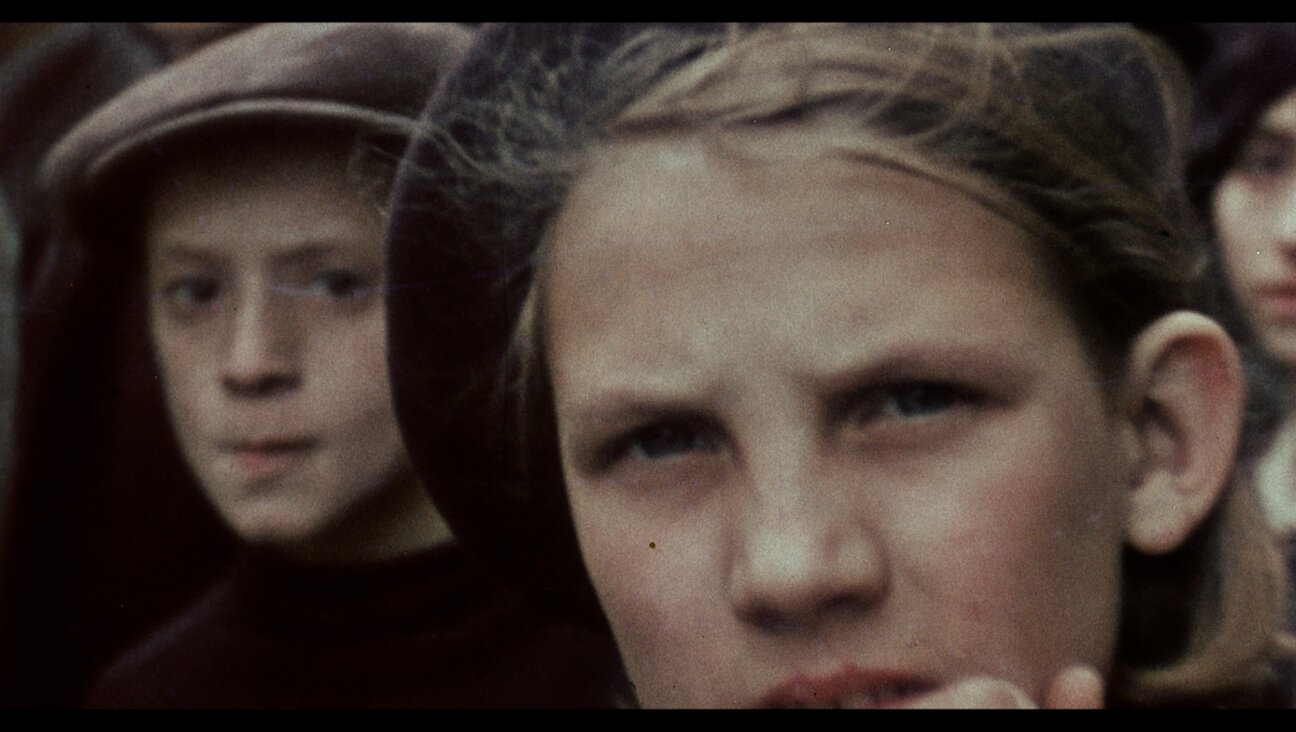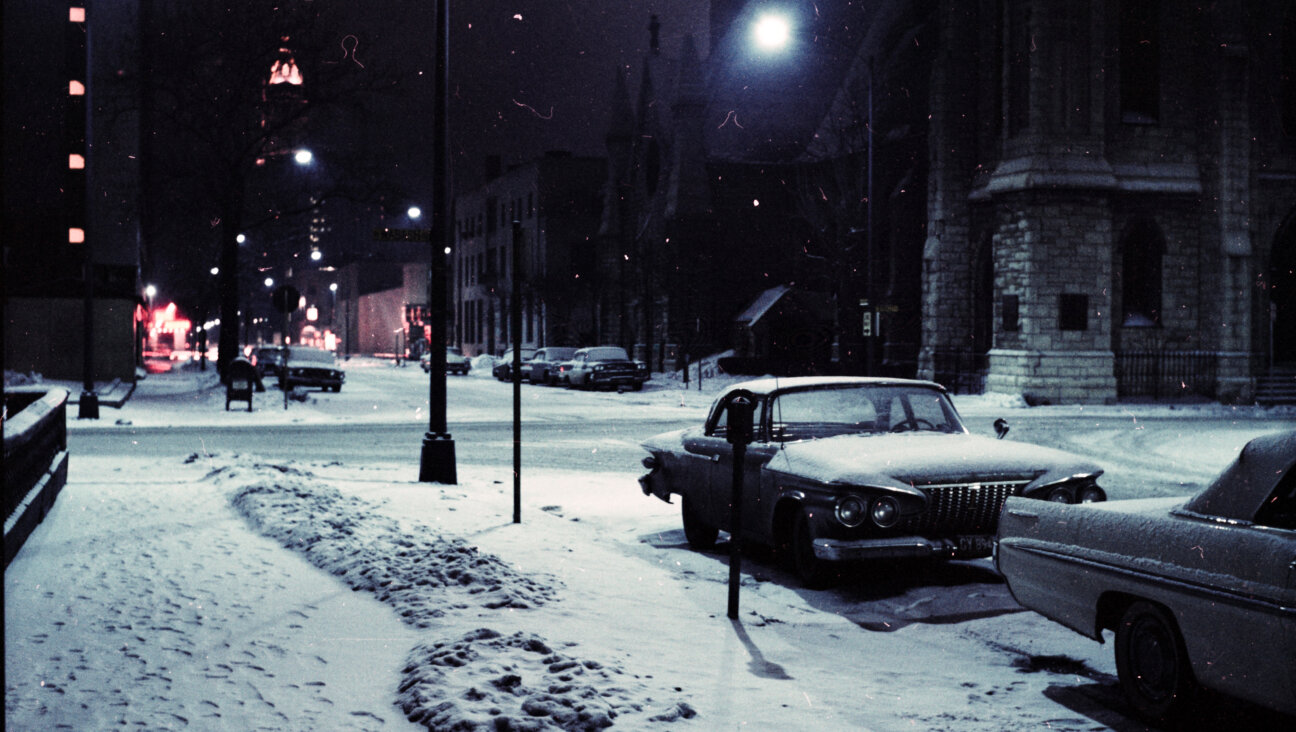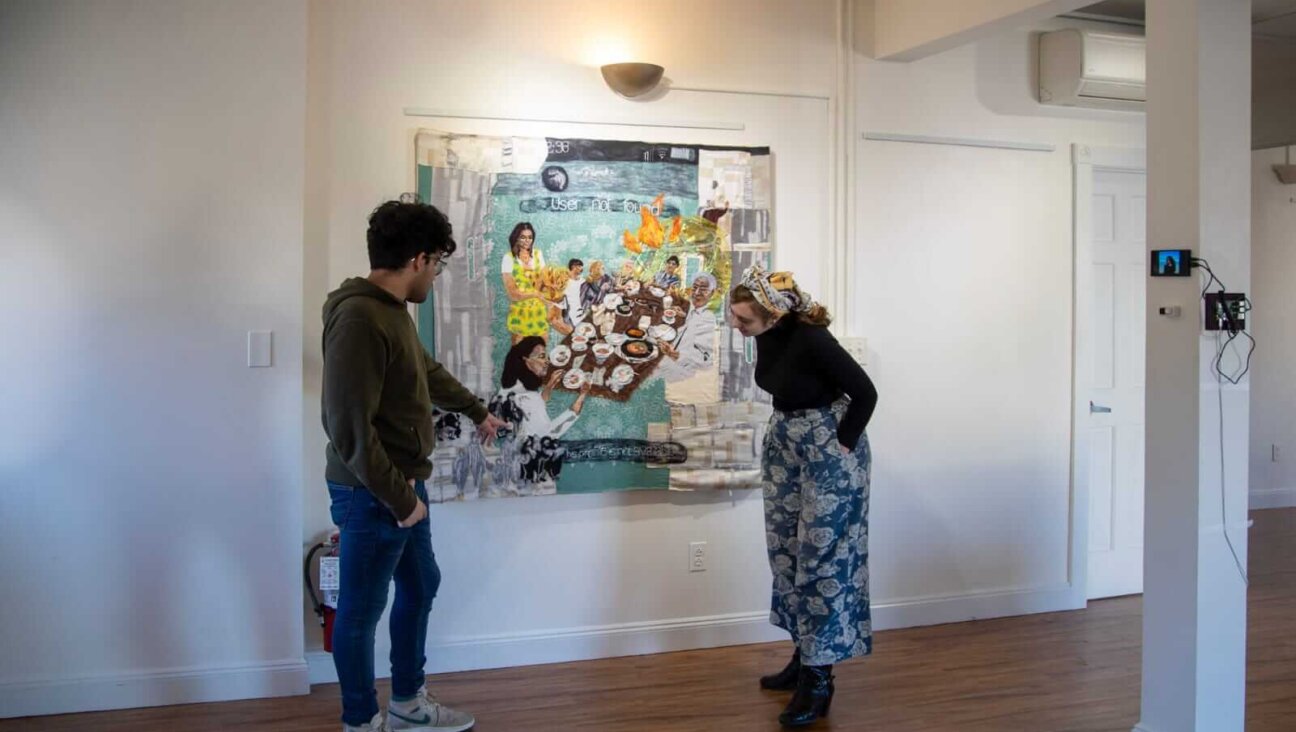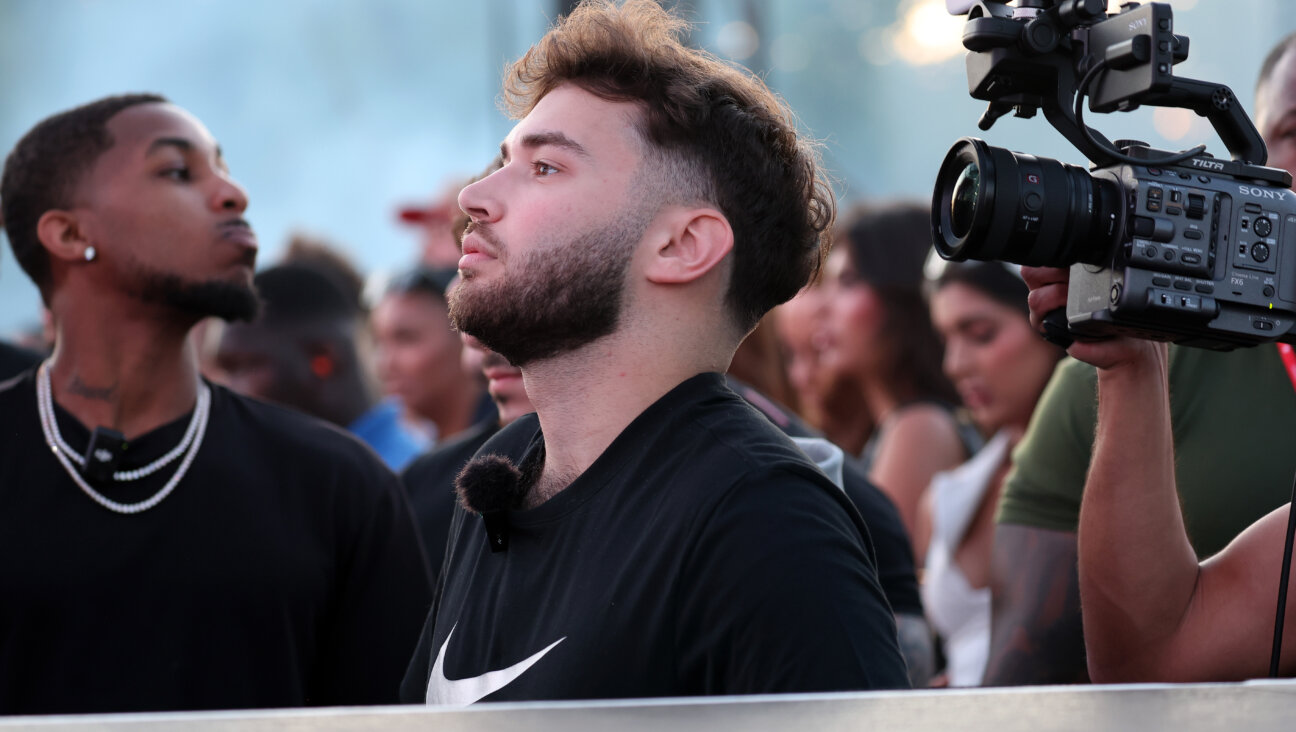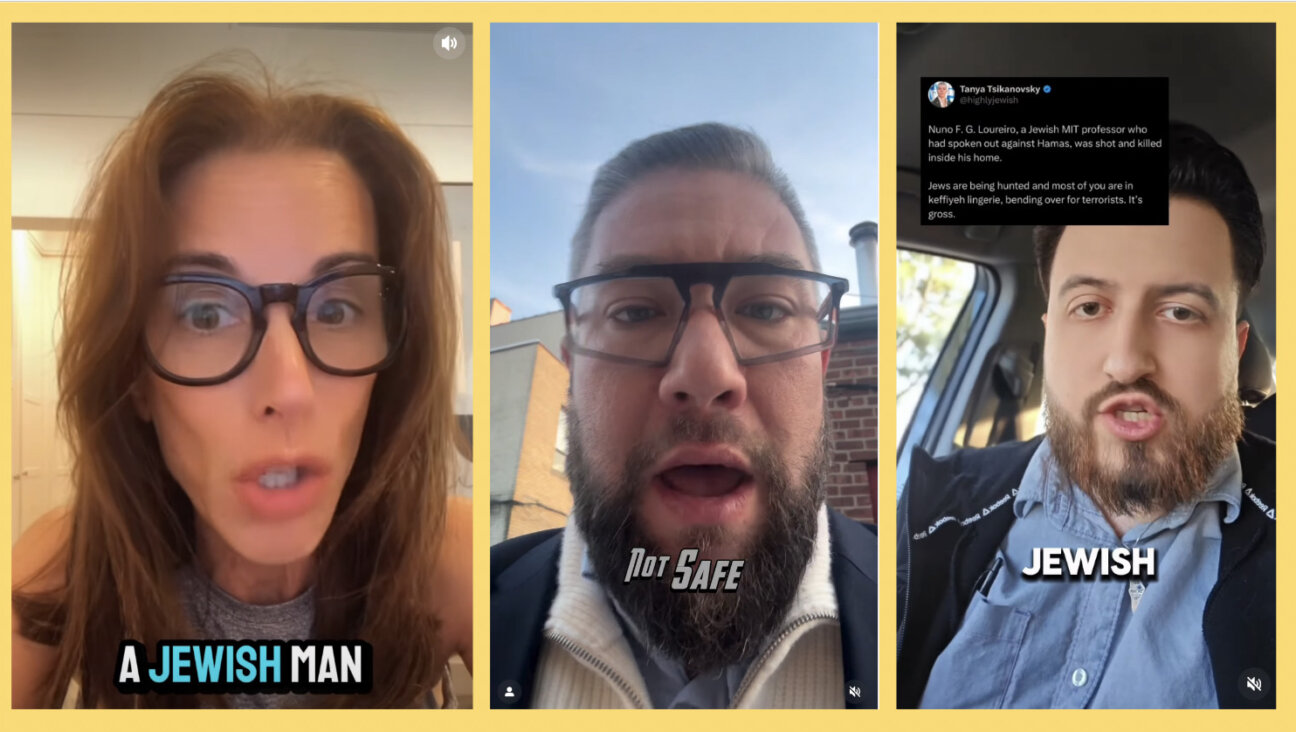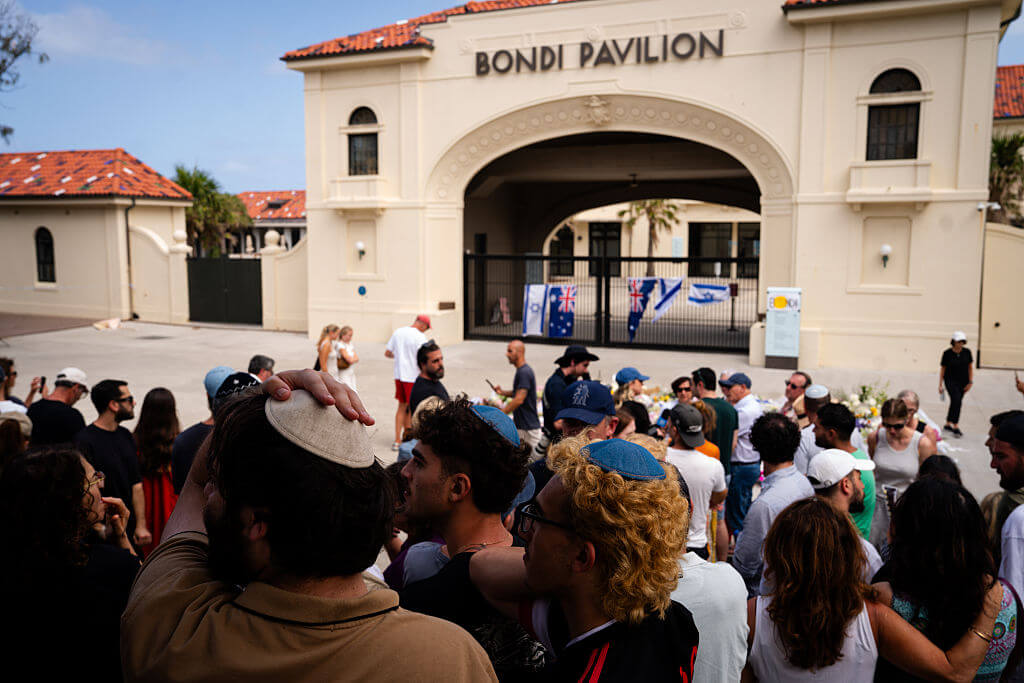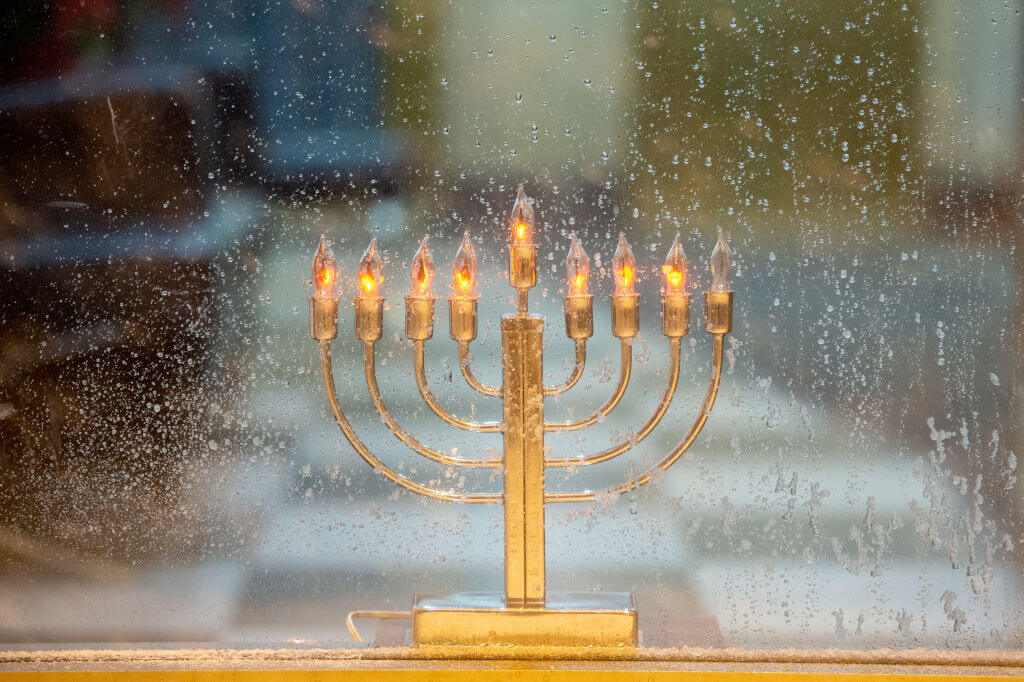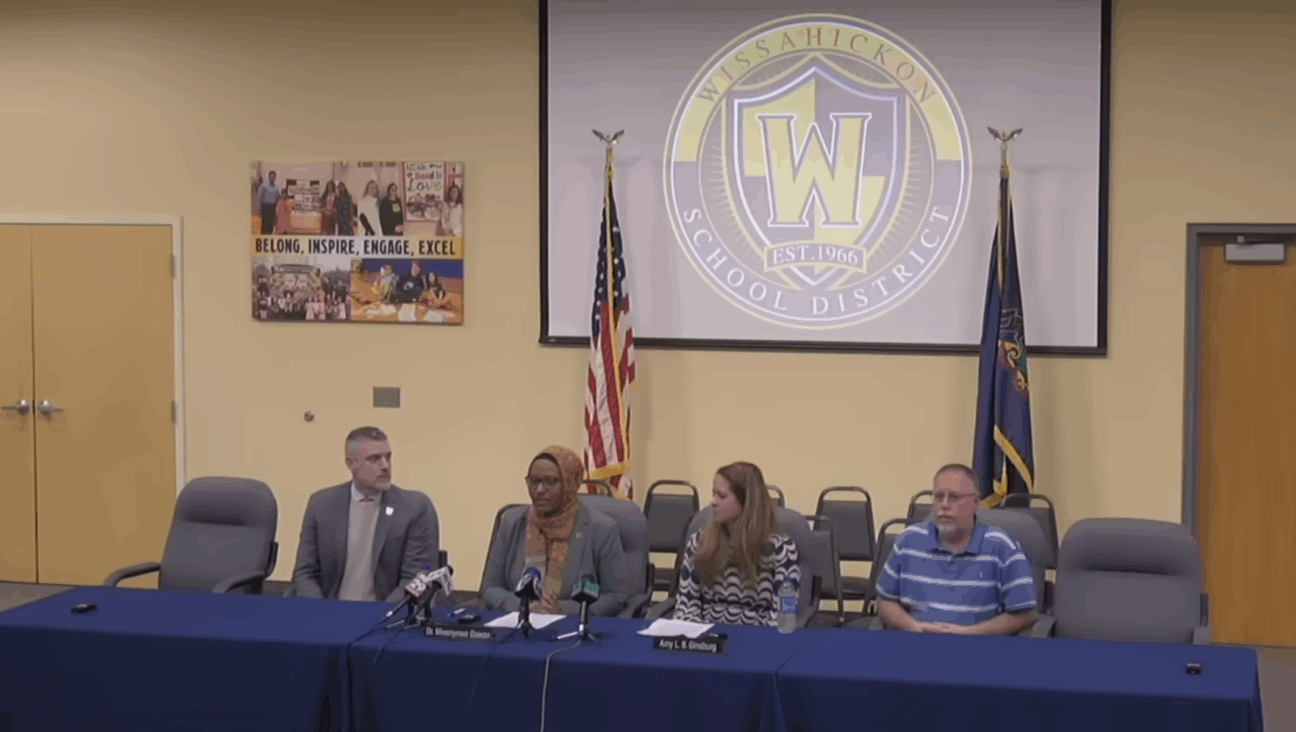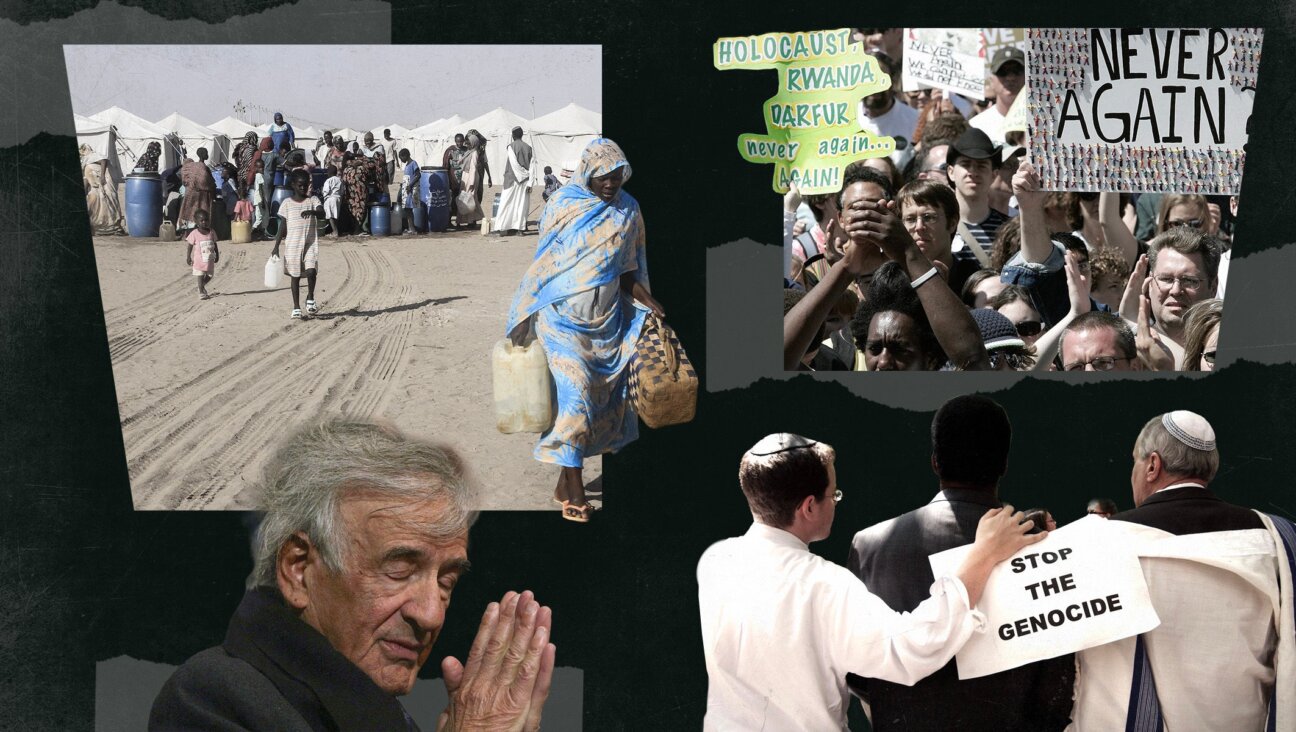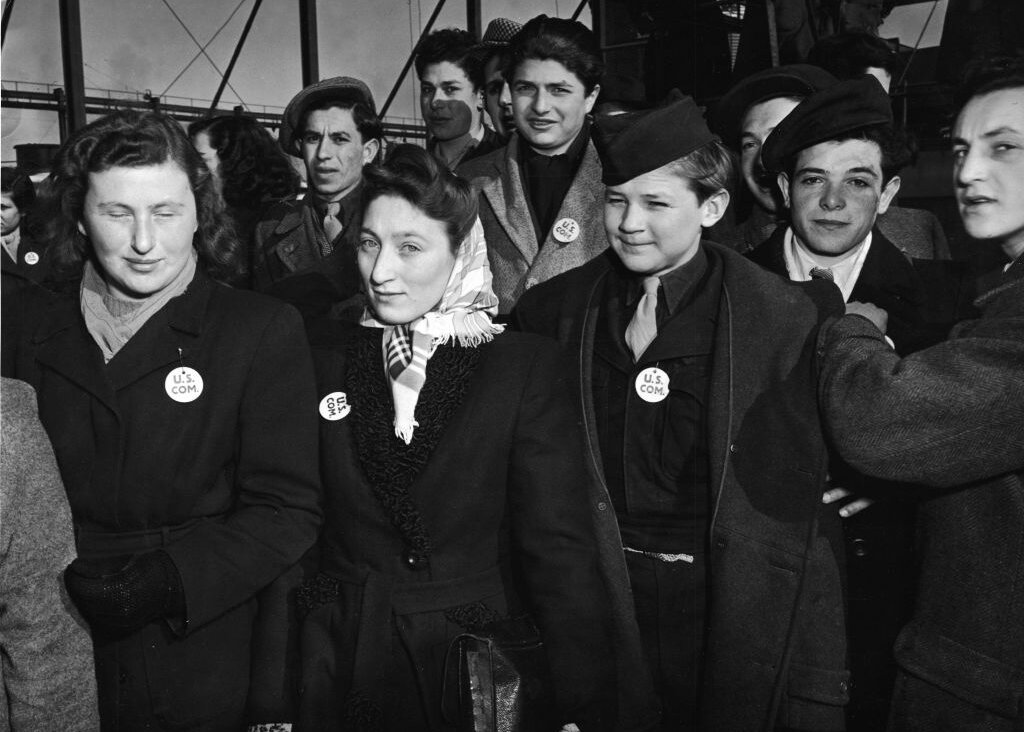We lived through Oct. 7. Now we can do it again on TV — but why?
Two new shows recreating survivors’ experiences are dropping on the second anniversary of Hamas’ attack
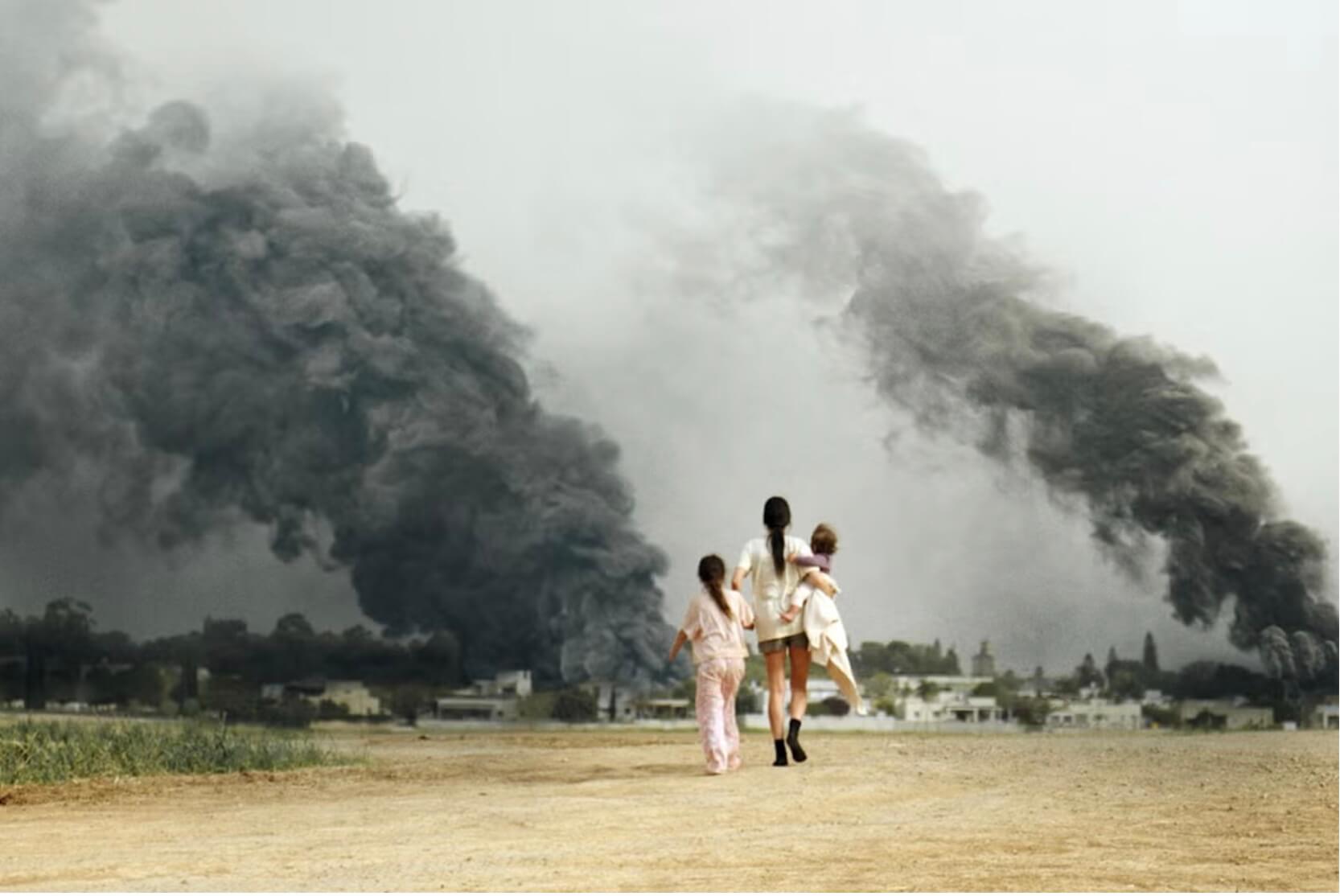
A scene from Red Alert, a mother and her two daughters walking back toward their ransacked kibbutz. Courtesy of Paramount+
At the height of the COVID-19 pandemic, a favored topic among critics was when, and how, art might begin to take on the catastrophe. Did viewers want a distraction, or media that reflected and grappled with the global shared reality of quarantine and fear? Were we really far enough away from the trauma and isolation to make good art about it?
A similar question could be asked about Oct. 7. The Hamas attack was just two years ago, Israel is still at war in Gaza and hostages remain in Hamas captivity. The event is a live question in our political landscape.
Nevertheless, on the second anniversary of Oct. 7, Paramount+ is premiering a four-episode series called Red Alert, and HBOMax is dropping a seven-episode series, One Day in October. (The latter has already aired four of its episodes in Israel.)
Both are in Hebrew, both take place almost entirely on Oct. 7 and both follow the day through the eyes of real individuals, their stories reenacted and embroidered for the purposes of the show. (In One Day in October, each story gets its own episode, while in Red Alert, they’re woven together.) As part of their preparation for their roles, actors on both shows met with the real people whose stories they recreated, and both shows feature at least one Arab Israeli. Both use a smattering of real footage that viewers will likely remember from social media on the day of the attack, where videos circulated showing Hamas gunmen shooting on a street in Sderot or cars stopped in the middle of the road, their windows shot out and bodies littering the ground.
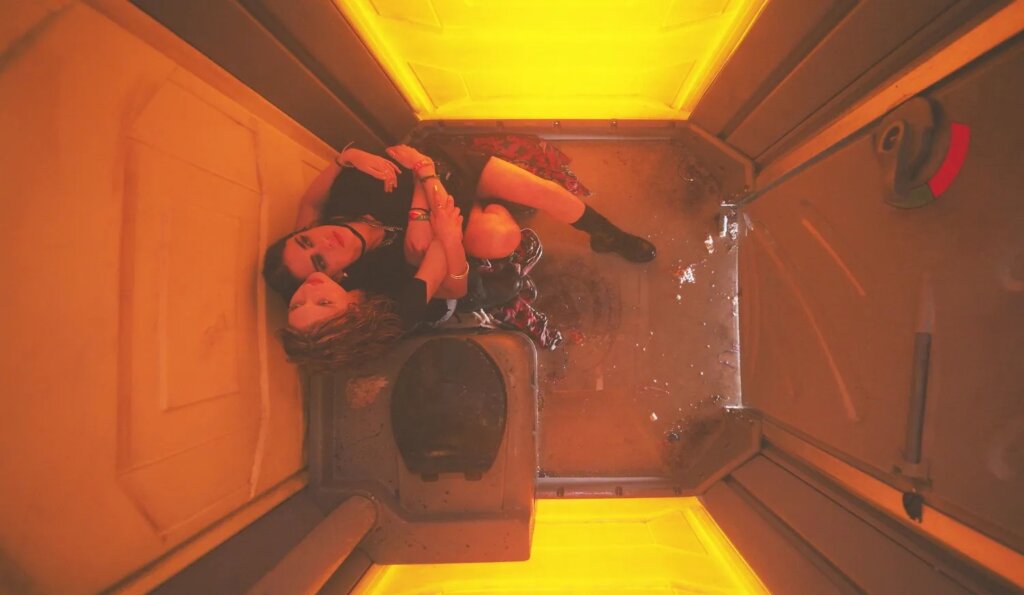
There are some differences, of course. One Day in October has more range and experimentation, like when an episode that’s focused on two girls hiding in a portable toilet at the Nova Festival briefly spirals off into an animated hallucination, and it allows its characters some humanity and flaws. (One of the girls is high.)
Red Alert, on the other hand, has a strong bent toward heroism, particularly that of parents. One mother tries to save her children, another runs an impromptu ambulance service while hunting for her injured son. There’s a father also trying to save his child and a soldier husband fighting through Hamas ambushes to hunt for his injured police officer wife, who saved dozens of festival attendees before she was shot.
The shows are moving, effectively bringing back the overwhelming horror of a day that is still fresh in our memories. Not only is the event itself recent, but just last year, the Israeli government was widely screening a video of the worst atrocities. Does anyone need to see those scenes, recreated with even better resolution?
Art and media is made out of all kinds of tragedy, with varying degrees of success. United 93, a 2006 movie about the eponymous flight that crashed into a Pennsylvania field on Sept. 11, drew attention to the bravery of the passengers on the flight. On the other hand, 9/11 (2017), which starred Whoopi Goldberg and Charlie Sheen, an outspoken 9/11 conspiracy theorist, could be seen as what one critic called a “cheapo disaster movie.”
Similarly, Holocaust movies and TV have become so common that they’re a genre unto themselves, the history turning into a cheat code for adding depth. The phenomenon has yielded derogatory terms like “Holokitsch,” coined by Art Spiegelman to describe the cheapening of the Shoah through its overuse in media.
The deep, psychological horror of the Holocaust, or Sept. 11, or Oct. 7 — as all-consuming as it is — is almost impossible to capture. A few hundred pages or a handful of on-screen hours can’t fully capture the trauma, meaning it’s easy for the resulting art to feel tawdry and exploitative, or, on the flip side, overly pious.
The actual Hamas attack wasn’t long ago; no one has forgotten. Given the verisimilitude the two Oct. 7 shows aim for, it’s unclear what they’re hoping to add. Given the controversy over Israel’s reaction that now dominates global politics, it’s difficult to imagine any viewers approaching the shows without preconceived notions. Anyone with doubts will, if they watch at all, approach with a cynical expectation of pulpy tragedy in service of justifying Israel’s actions in Gaza — just like the government’s screenings of its atrocity film — and will likely see the show as a piece of hasbara. Or, if the viewers already feel a connection to Israel and have spent the past two years filled with horror at Hamas’ actions, they will find those feelings reinforced and validated.
Yet simultaneously, both Oct. 7 shows undercut the tragedy of the day: Each character has a happy ending. The stories recreated are those of survivors. And while there is death in the background, the people we, as viewers, feel invested in all come out of the day alive — physically injured perhaps, psychologically scarred of course, but alive. The closing message is one of hope and resilience.
That may feel familiar; most works of Holocaust media do the same, casting victims as martyrs, reducing the history to some kind of parable. The moral is clear: Never again. Except in the case of the two new Oct. 7 shows, the thing we must prevent hasn’t ended yet.

